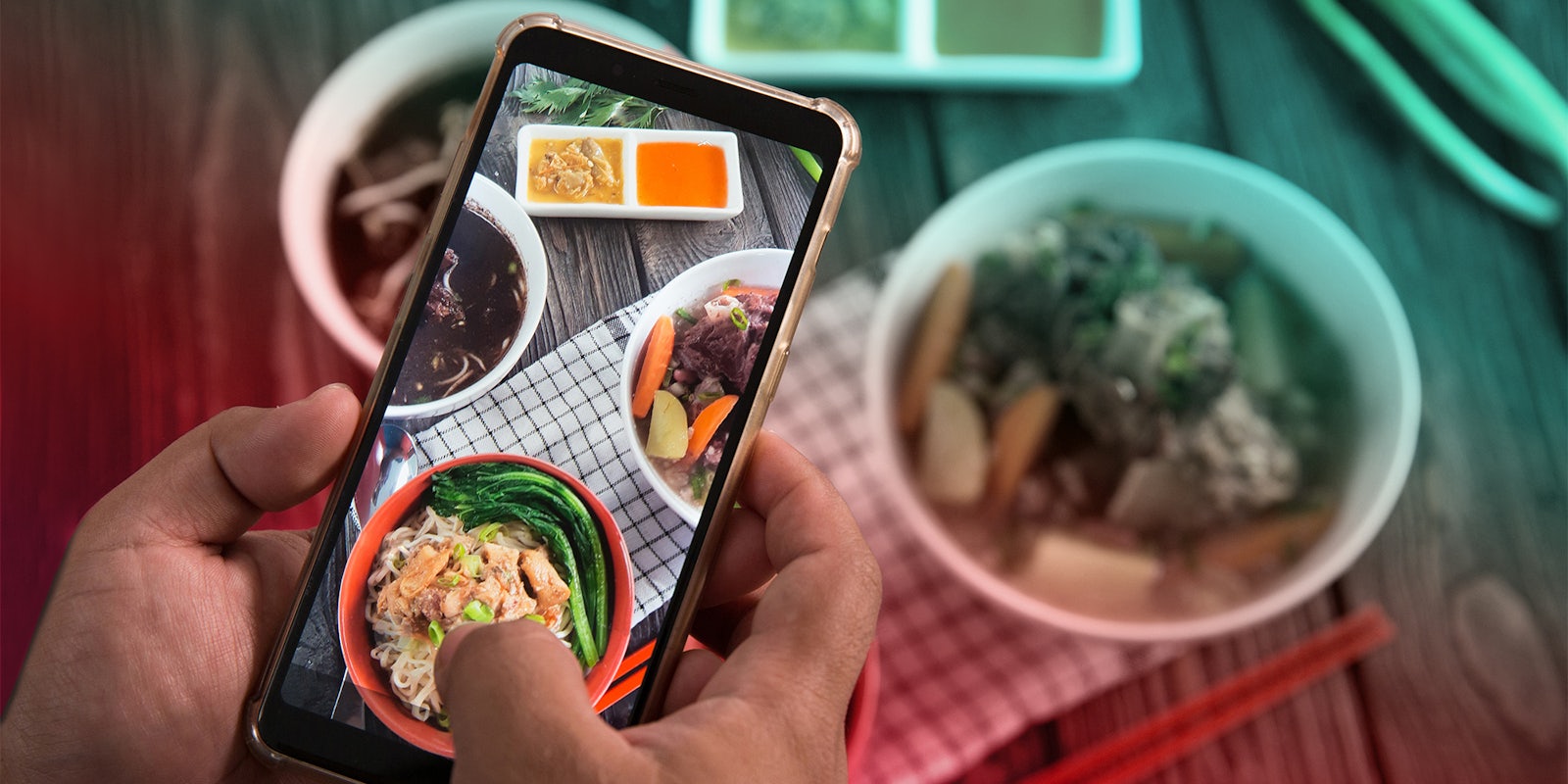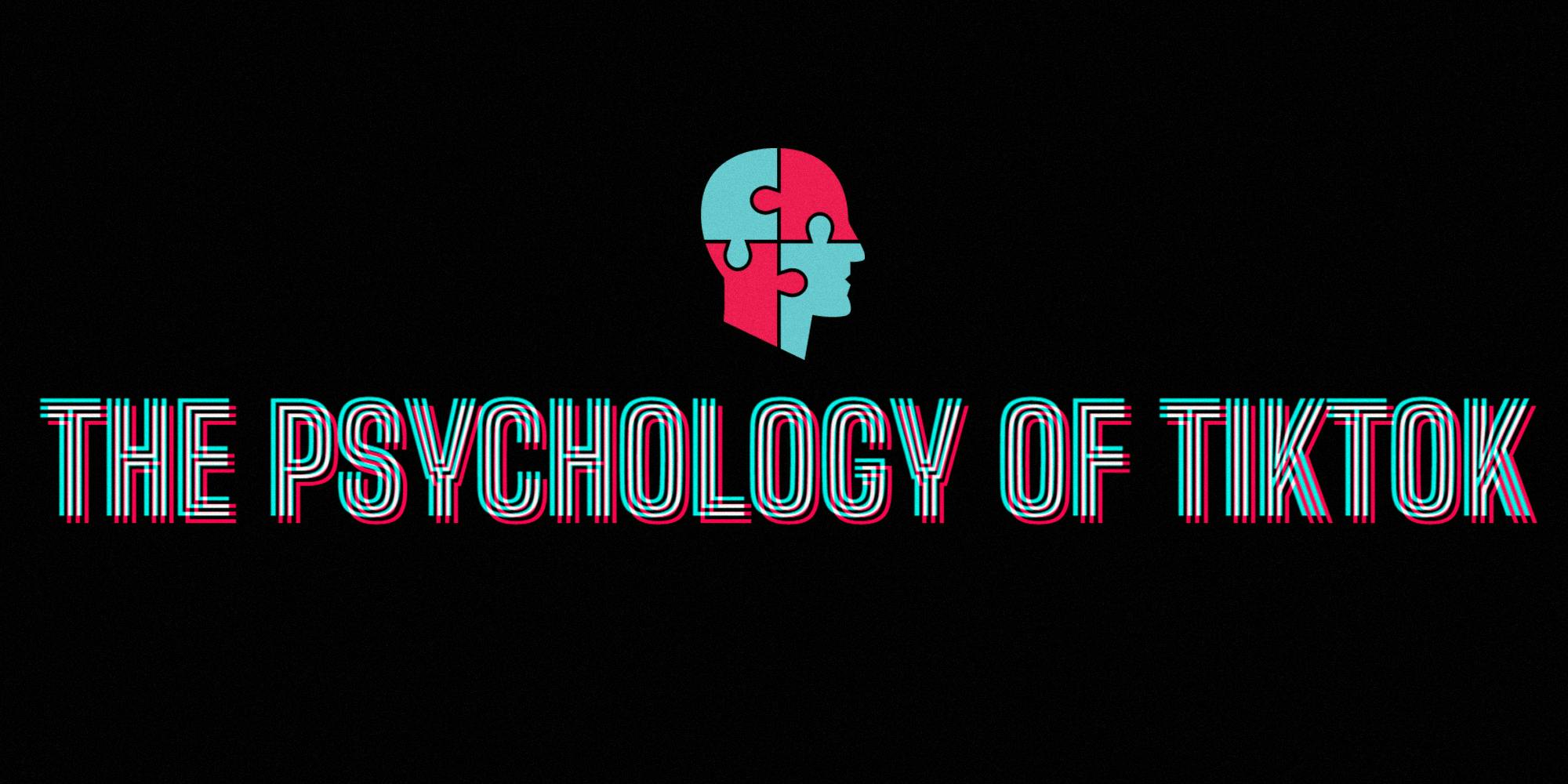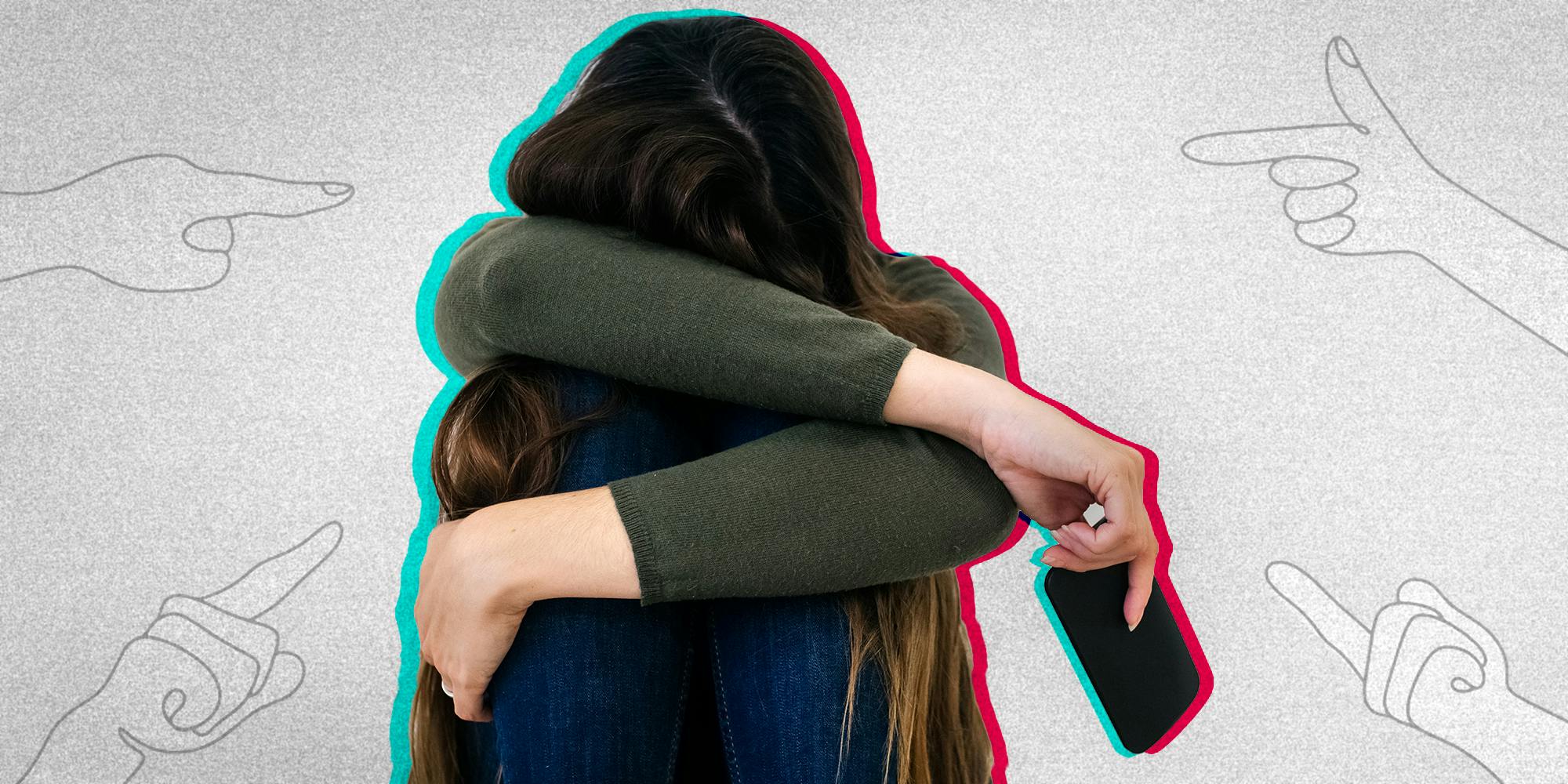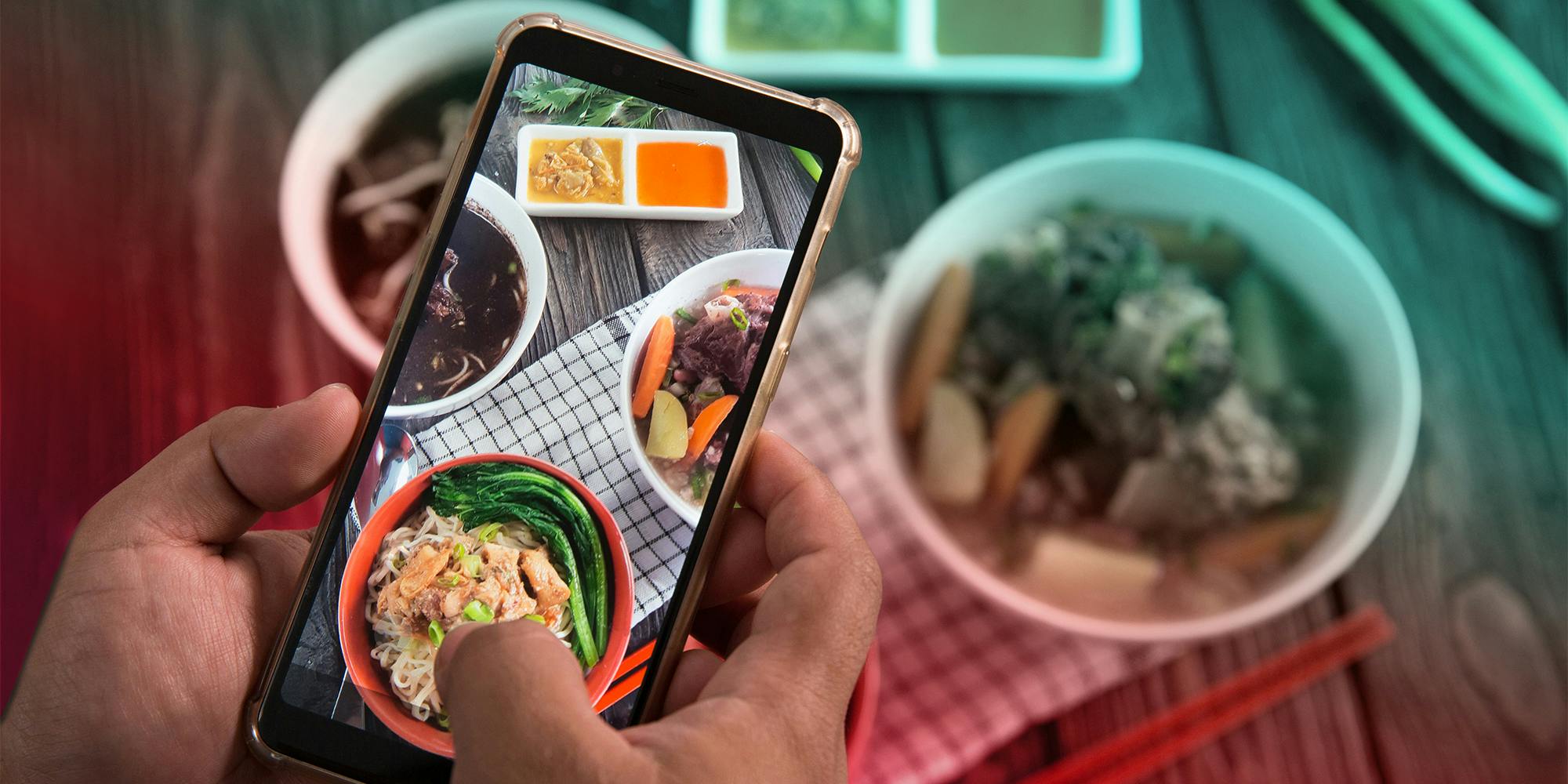It’s an experience almost every kid is familiar with: Sitting down with your classmates and opening your lunchbox to food your parents packed.
For Asian-American children, the experience is different. Whether it was pungent tofu, kimchi, or luosifen noodles, any food that was slightly outside of the American palate would be met with disgust. It was a reaction that made many wish to hide their culture—and hide their identity.
“When I was a kid I was embarrassed of Korean food. Because no one’s had it before. I thought it stank, which it did. And [I was] also nervous of being teased because of being associated with stinky food,” said Robert Ji-Song Ku, associate professor of Asian and Asian American studies at Birmingham University and author of Eating Asian America: A Food Studies Reader, in an interview with the Daily Dot.
His experience dates back to 1970, but this issue is still present in 2023. Instead of in the lunchroom, backlash and stigma against foreign food are playing out on TikTok.
The depth of ‘disgust’
Gag duets, where people mock Asian food creators by pretending to vomit over their creations, have increased since the COVID-19 pandemic and go deeper than the common internet trolling found online.
It’s a phenomenon that has a cultural, psychological, and even economic impact on Asian-American cuisine and culture.
Since the beginning of the pandemic, authentic Chinese foods shown on TikTok have been met with hate via “disgust” reactions. Specifically, creators have been reacting to Chinese and other Asian cultural foods with captions such as, “This is disgusting,“ and, “Oh hell nah.”
@nurse_nya #stitch with @ellenacuario ♬ Chopin Nocturne No. 2 Piano Mono – moshimo sound design
According to Asian food content creator Jon Kung, this hate remains prevalent and has larger implications for the perception of Asian American and Pacific Islander (AAPI) cultures as a whole.
“It’s absolutely rooted in racism and Sinophobia,” Kung said. “I say Sinophobia specifically because most people who hate on Asian cultural foods don’t really take the time to differentiate different cultures and just problematically looks at everyone in Asia as Chinese—apart from South Asians—so it’s just racism that is at times sprinkled with erasure”
Some of the videos are indeed explicitly rampant with Sinophobia, with one commenter describing food as “COVID-20.”
Some of these Chinese “disgust”-themed food videos have nearly a quarter of a million likes.
The ‘other’ of Asian food online and IRL
AAPI communities are extremely diverse and cannot be encapsulated in a specific experience, such as that of the Chinese community. But many non-Asian people don’t see it this way.
To many, Chinese culture is seen as just the same as Japanese, Korean, or any other Asian culture. It’s a stereotype called the Asian monolith, and it’s something that the Asian community has been trying to fight against for decades.
According to Lao food content creator Saengthong Douangdara, the myth of the Asian monolith is a problematic trend that he’s seen throughout his experience on social media, especially since he began his content creation career at the beginning of the pandemic.
“There was a lot of like, COVID comments and like, stereotypes and negativity towards my food,” Douangdara told the Daily Dot about the response he received on his cooking videos. “I would say 90% are very positive comments, right? But all there’s always that small percentage that are very loud.”
Since the start of the COVID-19 pandemic in March 2020, there’s been a wave of xenophobic sentiment against all Asian cultures, from the hateful and derogatory language used by politicians in reference to Chinese Americans to the virality of physical and brutal hate crimes against Asians of all descent.
According to Ku, however, this problematic trend predated the pandemic and the advent of social media. The sentiment has been exhibited throughout history against a variety of minority cultures.
“Marco Polo in his journal has written about seeing all this gross food … And for instance, he says, ‘Oh, those Chinese marketplace, there’s southern alligators … all these disgusting things, and they were even selling human flesh,’ which is a complete lie,” Ku told the Daily Dot. “But that goes to show you that even at the beginning of the East/West encounter, you had this notion of the food, of the ‘other’ being disgusting.”
The internet has made this issue worse because it’s a more prolific vehicle to spread hateful rhetoric.
The cost of xenophobic trolls
Throughout the COVID-19 pandemic, Asian food businesses were specifically targeted for their “Chinese” association.
Anti-Asian rhetoric was even found on Yelp. In 2021, the site removed only nine posts that included anti-Asian hate. In 2022, it removed 475.
Hateful troll comments like “I will not have my dog eat in this place because they might cook him,” popped up in Yelp reviews of to one Chinese-owned restaurant. “The owner works for the Chinese government.”
This speech had a tangible impact as well: Asian restaurants saw an 18% drop in customers compared with non-Asian restaurants in the same communities in 2020, equating to more than $7 billion in lost revenue.
According to the Institute for Strategic Dialogue, a nonprofit organization of researchers and policy experts that tracks extremism online and makes policy recommendations to U.S. officials, TikTok has a tendency to quickly spread forms of hate speech. Features such as duets and audios allow creators to quickly find others with similar views and form a micro-community around specific hateful rhetoric, including Asian food “disgust” reactions.
Ku says that this rhetoric and “gag duet reaction” has a deeper impact than the common video trolling seen online.
“That whole ritual of gagging is to purge your body of something that may be harmful…it’s a natural response. To protect the human, to protect us,” Ku said. “But when you make it a cultural thing, a racial thing, then you become really sinister. You’re essentially saying, the other person is gag-worthy, but you’re saying that almost in an underhanded way by picking on the food.”
‘We want to speak for our own food’
Duonghara himself is an active part of Asian American creators fighting the stigma against Asian foods, like MSG, a seasoning that was xenophobically branded as unhealthy in the 1960s. #KnowMSG is an online movement that brought Asian American food creators like Duonghara together to reeducate the public on monosodium glutamate.
The Know MSG currently has 6,518 followers on Instagram. Its message is spread by significant social media influencers such as the drag queen Kim Chi, who has 1.8 million followers.
As with any form of cultural othering, this social stigmatization has a real-world impact—especially in the case of food.
A National Center for Biotechnology Information report on cultural food security and identity examined the importance of cultural foods to minority college students and the effects of being unable to access cultural foods.
In interviews, students talked about how consuming cultural foods allowed them to maintain their cultural identity and well-being and cope with stressors. In turn, those who were unable to access cultural foods due to insecurity felt a sense of “personal guilt” that they could not hold up their identity or that they were degrading their culture.
Luckily, many Asian Influencers are challenging this idea that being American means losing one’s cultural identity and cuisine.
“The internet has been able to give power to the people in terms of how we want to see our food represented. We want to speak for our own food and we don’t want others to speak for it,” Douangdara said. “And no matter how many times people say ‘ew’ and ‘yuck,’ it’s so great to see people be unapologetic with showing true Asian cuisine on the internet.”









